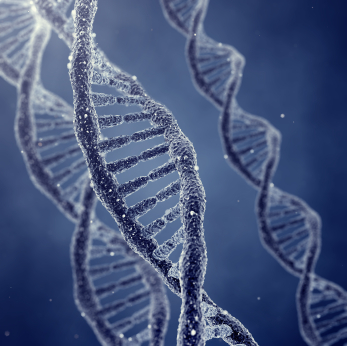John Wayne Gacy was a notorious serial killer who sexually assaulted and murdered 33 boys and young men in the 1970s in Chicago, Illinois. The killing spree stopped only when he was arrested in 1978 after the parents of his last victim contacted police with critical information that implicated Gacy in the boy’s disappearance. He was tried, convicted and in 1994 executed for his crimes. Of the 33 victims that police found buried in and around his home, only 25 could be identified, leaving eight victims nameless and eight families to wonder if their missing loved one died at the hands of this evil man. When all available means of identification were exhausted, these eight sets of remains were buried but not forgotten.
In 2011, these remains were exhumed and the victim’s DNA analyzed to try to provide clues as to their identity.
At the recent 23rd International Symposium on Human Identification, Dixie Peters, who heads the missing persons unit at the University of North Texas Health Science Center (UNTHSC) Center for Human Identification, presented the results of her lab’s efforts to extract DNA from these remains and use DNA analysis to identify the bones that had been buried more than 30 years earlier.
In Peter’s talk, she described her processes and results. Lab members extracted DNA from teeth and mandibles from each set of remains then used PCR to try to generate STR profiles. They also sequenced mitochondrial DNA, which has several hypervariable (HV) regions and is inherited through the maternal lineage. The resulting genetic information, which included HV1 and HV2 sequences and partial STR profiles, was not very informative on its own. Scientists needed DNA reference samples from close family members for comparison. In October of 2011, UNTHSC issued a press release asking family members who lost a loved one in the 1970s and thought that their loved one could be a Gacy victim to submit DNA samples. In all, seven of the eight victims were identified using these reference samples. Efforts are still ongoing to identify the final unidentified victim, but more reference samples are needed for comparison.
One of these success stories was a young man who was previously known only as Victim #19. Thanks to his sister who suspected that her brother had succumbed to Gacy and provided a reference sample for comparison, Victim #19 was identified as William George Bundy, a high school dropout who had probably been recruited by Gacy to perform some construction work.
Another account was the identification of Daniel Noe, who had disappeared while hitchhiking from Washington to Chicago. Worried that Noe had fallen prey to Gacy, his family members provided references samples. Although these references samples revealed that Noe was not one of Gacy’s victims, UNTHSC scientists were able to provide his family with closure by searching a missing persons database of approximately 40,000 unidentified bodies across the U.S. to discover a familial link with a set of human remains found in Utah.
Finally, two of Peter’s stories had happy endings. Two families who feared they’d lost a loved one to Gacy and provided reference samples for DNA analysis were reunited with their loved ones who were still alive. These men had run away from home and didn’t realize that their families were still searching for them decades later.
More information: Video Identification of John Wayne Gacy victim from ISHI presentation.

